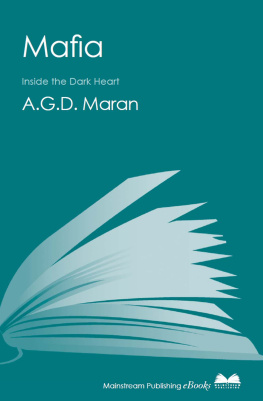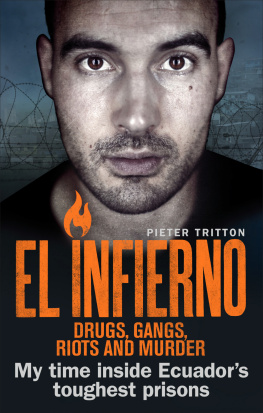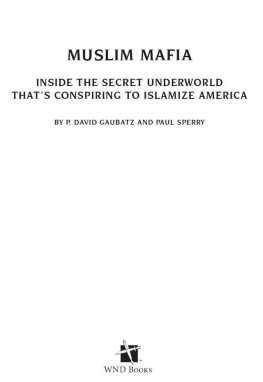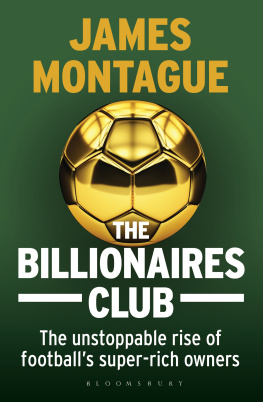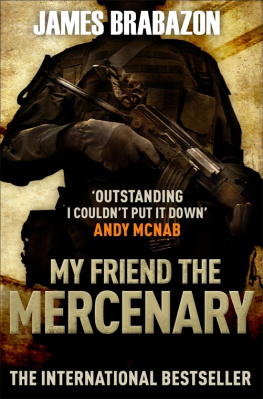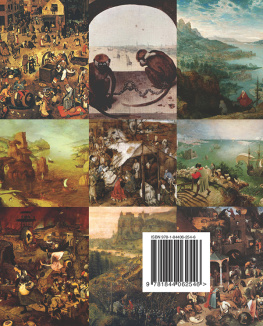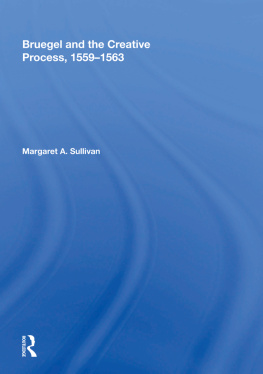Pieter du Toit - The Stellenbosch Mafia: Inside the Billionaires Club
Here you can read online Pieter du Toit - The Stellenbosch Mafia: Inside the Billionaires Club full text of the book (entire story) in english for free. Download pdf and epub, get meaning, cover and reviews about this ebook. year: 2019, publisher: Jonathan Ball Publishers, genre: Politics. Description of the work, (preface) as well as reviews are available. Best literature library LitArk.com created for fans of good reading and offers a wide selection of genres:
Romance novel
Science fiction
Adventure
Detective
Science
History
Home and family
Prose
Art
Politics
Computer
Non-fiction
Religion
Business
Children
Humor
Choose a favorite category and find really read worthwhile books. Enjoy immersion in the world of imagination, feel the emotions of the characters or learn something new for yourself, make an fascinating discovery.

- Book:The Stellenbosch Mafia: Inside the Billionaires Club
- Author:
- Publisher:Jonathan Ball Publishers
- Genre:
- Year:2019
- Rating:4 / 5
- Favourites:Add to favourites
- Your mark:
- 80
- 1
- 2
- 3
- 4
- 5
The Stellenbosch Mafia: Inside the Billionaires Club: summary, description and annotation
We offer to read an annotation, description, summary or preface (depends on what the author of the book "The Stellenbosch Mafia: Inside the Billionaires Club" wrote himself). If you haven't found the necessary information about the book — write in the comments, we will try to find it.
The Stellenbosch Mafia: Inside the Billionaires Club — read online for free the complete book (whole text) full work
Below is the text of the book, divided by pages. System saving the place of the last page read, allows you to conveniently read the book "The Stellenbosch Mafia: Inside the Billionaires Club" online for free, without having to search again every time where you left off. Put a bookmark, and you can go to the page where you finished reading at any time.
Font size:
Interval:
Bookmark:
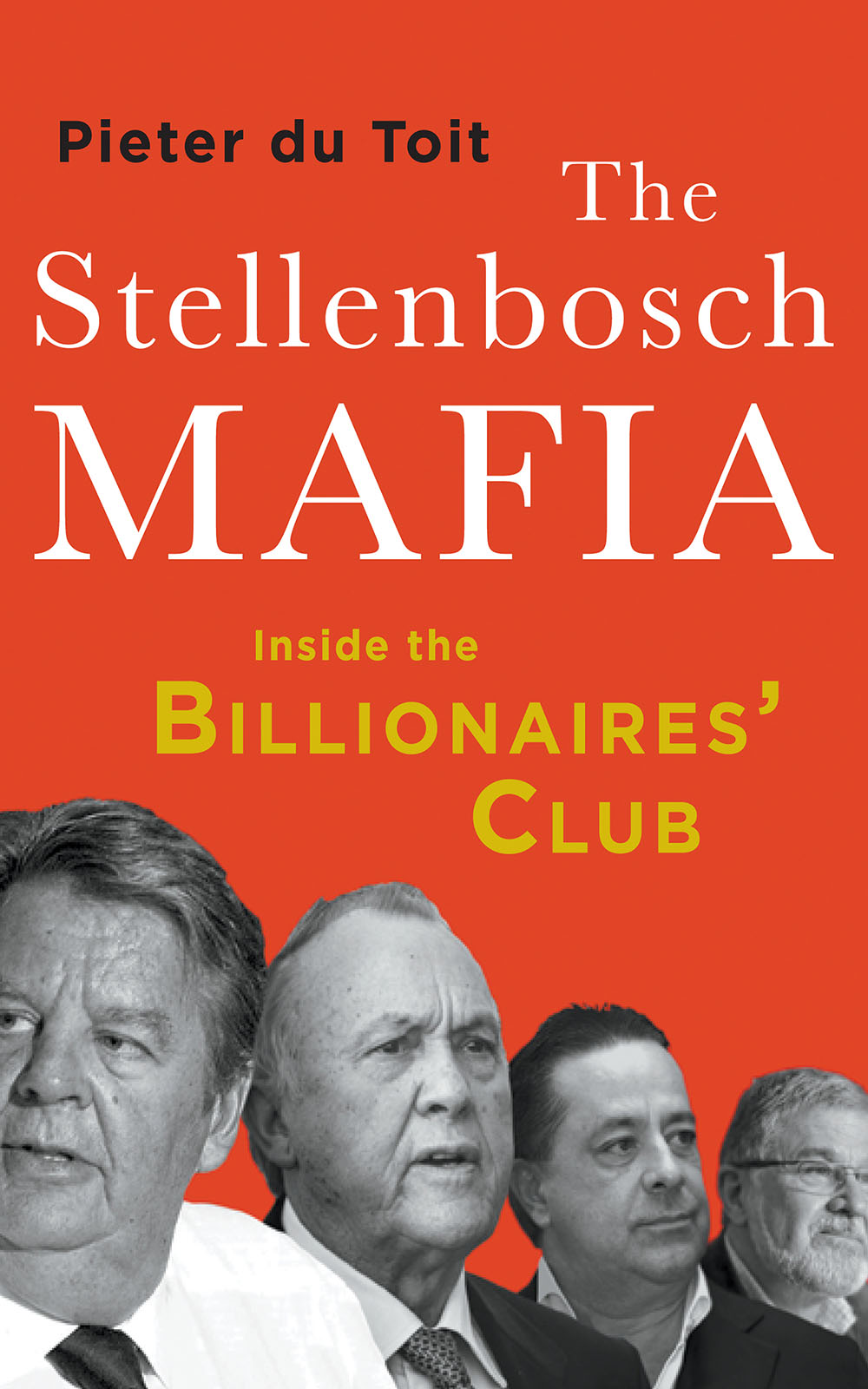
DE VOLKSKOMBUIS restaurant is opposite the Marktter Rugby Fields, which belong to Paul Roos Gymnasium, Stellenboschs prestigious boys school. Stellenbosch used to be a quaint village, known mainly for its university, rugby club and surrounding wine farms. Today, however, its an exclusive, wealthy business centre, whose surrounding mountains create a kind of buffer zone seemingly keeping out the rest of South Africa. Its also the home of the so-called Stellenbosch Mafia.
De Volkskombuis, which had fallen on hard times, was refurbished by, depending on whom you listen to, either Johann Rupert himself or Remgro, the holding company founded by his father as a cigarette manufacturer called Rembrandt.
Go there for lunch its a fantastic place, Rupert said after an interview he gave me for this book. The restaurant is a Stellenbosch institution. It has been there for years and continues to serve local Boland fare, such as waterblommetjiebredie and a hearty oxtail. Since its revamp, the slightly run-down, rural look is gone, replaced by a modern kitchen and understated but expensive finishings, and it boasts a wine list populated by produce from the best estates in the area.
In April 2018, I attended a lunch event there organised by Jannie Durand, the CEO of Remgro. A colleague and I were to give a talk that evening about the political climate in the country, and the event was intended as an opportunity to talk with local businesspeople about South Africa and its problems. Besides the affable host, Durand, the lunch was attended by Jannie Mouton, the retired founder of the PSG Group, GT Ferreira, one of the driving forces behind Rand Merchant Bank, Edwin Hertzog, who built the Mediclinic private hospital group from scratch, Wim de Villiers, the vice chancellor of the university, Jean Engelbrecht, proprietor of Rust en Vrede, a pre-eminent Stellenbosch wine estate, lawyer Arend de Waal, Ronnie van der Merwe, Mediclinics CEO, and Nils Flaatten, a former CEO of Wesgro, the Western Cape governments economic development agency. The guests represented some of the countrys biggest corporates and between them controlled billions of rands in investments, employed thousands of people and made enormous contributions to the fiscus. They considered themselves rainmakers, but, in some quarters, they stood accused of being the high priests of so-called white monopoly capital, a shapeless and faceless entity allegedly controlling the economy, exploiting workers and living off the fat of the land. If ever there were a Stellenbosch Mafia, this might well be it, I thought, as we took our seats and started exchanging pleasantries.
The Stellenbosch Mafia has been described as a grouping of influential white Afrikaner businessmen who use their clout informally to steer the economy and pull the strings of government from their Boland lair. The term, which got a lot of media air during the height of the Bell Pottinger-inspired defence of the state-capture network in 2017, has been around for many years but its definition has changed in recent times. Whereas a decade or more ago it was confined to business circles and used only in grudging respect when referring to a select few businessmen in Stellenbosch, it has now become a swear word and conjures up images of conspiracy and control, of back-room dealings and illegal influence. The Stellenbosch Mafia was an oddity, the term a quirk of business journalism and, for some, a badge of honour and amusement. But, in present-day South Africa, it has taken on a much more sinister image, with the Mafia being accused of manipulating the economy and even being in charge of the country and controlling society. And, in Johann Rupert, the Mafia had its don, a larger-than-life figure who controlled Stellenbosch and the country.
Of course, this Mafia is a fascinating subject to investigate, even more so after the scandalous demise of Steinhoff and its flamboyant chief executive, Markus Jooste, the quintessential inkommer . Stellenbosch is a town of intrigue and gossip, power and influence, and constructed along class, if not racial, lines. The towns old money has always exerted influence beyond its borders, and in alliance with academia has helped forge a micro-society in which many believe themselves to be removed from the realities of present-day South Africa. This belief of living in a bubble has in some ways made research for this book easier, and in other ways much harder, compounded by the fact that the author spent his formative years at school and university in the town. Stellenbosch has always been awash with delicious tales of deceit and disaster, even before the Jooste debacle anecdotes of fast cars, fast women and fast money did the rounds. But, beyond Steinhoff, it was clear that the phenomenon that is Stellenbosch, a place of influence and fortune, had more to it than what had been reported up until now.
For someone who came of age in Stellenbosch, I found research for the book more difficult than I had anticipated after-dinner talk about who lunches with whom and who lost how much on the JSE is hardly enough for a book, after all. There is some good and proper skinder in Stellenbosch, but not all of it could be verified. Townsfolk were by and large very guarded, even those I had known for decades. Some refused to talk, while others had to be persuaded over many months to firm up anecdotes, fables and legend.
At the Volkskombuis lunch, conversation ranged from state capture to the disastrous tenure of Jacob Zuma as head of state. Questions were posed about the states capacity to effect change and the degree to which certain institutions, like the South African Revenue Service and the National Treasury, had been hollowed out under the previous government. And whether or not Cyril Ramaphosa, who was then still very much in his honeymoon period as head of state, had the political capital and will to make the necessary fundamental changes to party and state in order to repair the damage wrought by wilful neglect and graft.
Durand, a gracious host, kept our glasses filled with Stellenboschs finest. Next to me, Mouton was restless, and I thought we might be boring the famous raconteur and billionaire to death. But, as the afternoon wore on and the main courses were served and cleared, he started listening more intently and engaging more often. Just before dessert was served he couldnt keep it in any more: Ja, ja, you guys have been telling me whats wrong with the country but now tell me whats right with the country! Give me some hope! he said. Mouton pointed out that he is a South African, and that there is nowhere else for him to go. There are enough good people in the country to help build a future, and thats what he wanted to do in his retirement. Im off to speak to accounting graduates later; what should I tell them about our future? Mouton animatedly demanded. Hertzog and Ferreira spoke about the responsibility of big business to stick its head above the parapet and to play a meaningful role in society. Ferreira referred to a corporate clash with government in 2007 when his friend, colleague and fellow Stellenbosch old boy Paul Harris, was castigated by Essop Pahad, then President Thabo Mbekis hatchet man, after FNB ran an advertising campaign highlighting the effects of crime. Business hasnt always covered itself in glory, I contended, preferring to protect its own interests and steering clear of active corporate citizenship.
Business, of course, has a different societal function from politics and activism, but surely it cannot isolate itself from society when political convulsions grip the country? Big business has tended to be pretty weak and lethargic when society has been grappling and fighting with change. In fact, it was only during the final years of apartheid that business decided to take the initiative, and then only because of the inevitability of political change. And in the immediate aftermath, during the rainbow years of democracy, it fell over its collective feet to ingratiate itself with the new order. State capture has again shown up the failings of the captains of capital. There seemed to be a wholesale reluctance to engage with the ANC and government while Zumas project was in full swing, even though it became clear that the environment was not conducive to profitmaking.
Font size:
Interval:
Bookmark:
Similar books «The Stellenbosch Mafia: Inside the Billionaires Club»
Look at similar books to The Stellenbosch Mafia: Inside the Billionaires Club. We have selected literature similar in name and meaning in the hope of providing readers with more options to find new, interesting, not yet read works.
Discussion, reviews of the book The Stellenbosch Mafia: Inside the Billionaires Club and just readers' own opinions. Leave your comments, write what you think about the work, its meaning or the main characters. Specify what exactly you liked and what you didn't like, and why you think so.


